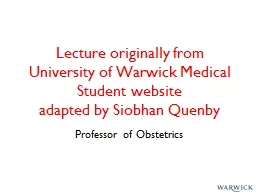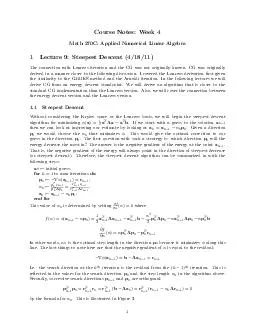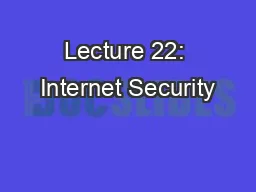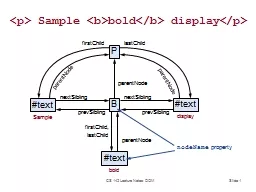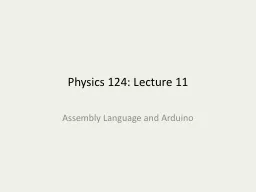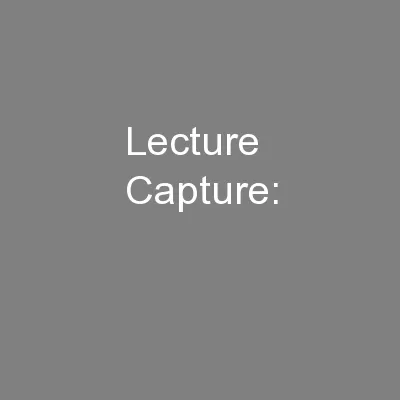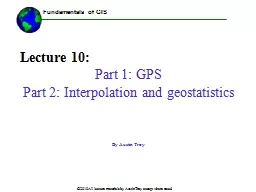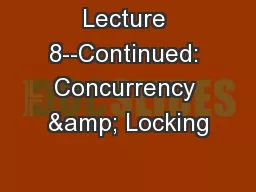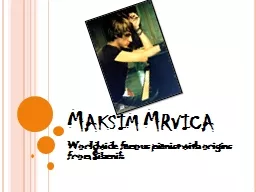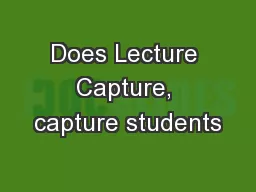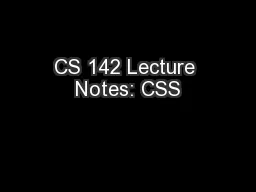PPT-Lecture originally from
Author : maxasp | Published Date : 2020-06-16
University of Warwick Medical Student website adapted by Siobhan Quenby Professor of Obstetrics Yeasts vs Moulds Single cell Reproduce by budding Identify using
Presentation Embed Code
Download Presentation
Download Presentation The PPT/PDF document "Lecture originally from" is the property of its rightful owner. Permission is granted to download and print the materials on this website for personal, non-commercial use only, and to display it on your personal computer provided you do not modify the materials and that you retain all copyright notices contained in the materials. By downloading content from our website, you accept the terms of this agreement.
Lecture originally from: Transcript
Download Rules Of Document
"Lecture originally from"The content belongs to its owner. You may download and print it for personal use, without modification, and keep all copyright notices. By downloading, you agree to these terms.
Related Documents

